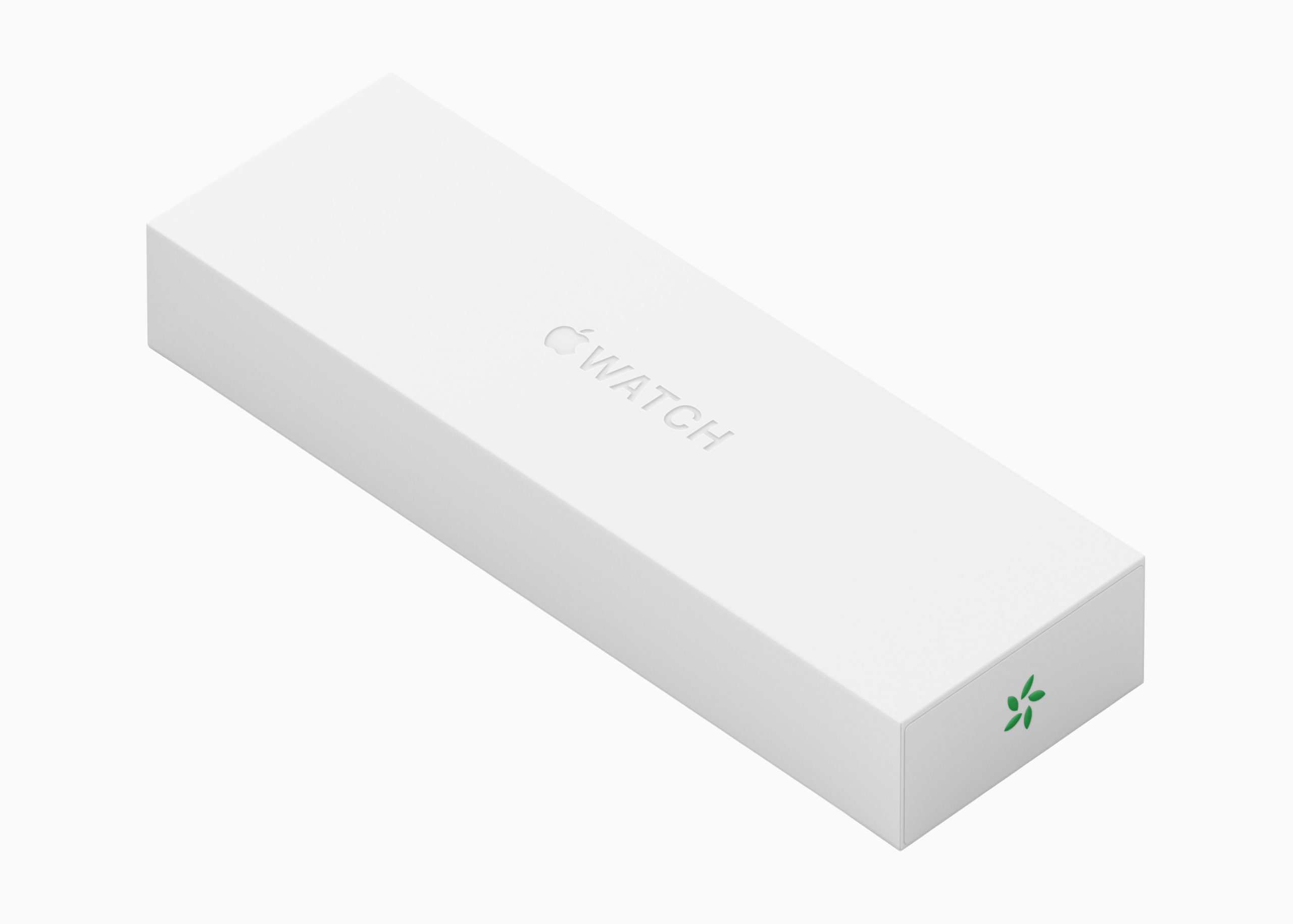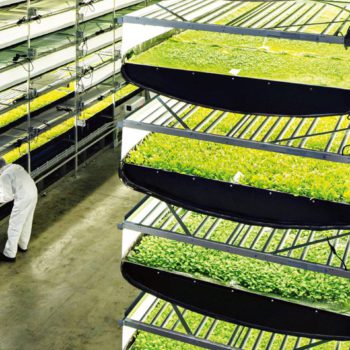|
|
[This is not a sponsored post]
In a world increasingly conscious of its environmental footprint, sustainability has become a rallying cry for consumers and corporations alike. Among the tech giants leading the charge toward a greener future, Apple is a pioneer in sustainability efforts.
In this post, we’ll explore Apple’s green credentials, diving into its sustainability strategies, from its commitment to carbon neutrality to innovative product designs. It’s not just about what Apple is doing alone; we’ll also see how other tech companies are getting inspired to embrace green practices.
Moreover, we’ll discover how Apple’s efforts motivate consumers to be part of the change towards a more sustainable world. And because everyone plays a role in protecting our planet, we’ll share some practical tips on how you can minimize your environmental impact.
Join us as we explore how technology and eco-consciousness can go hand in hand with Apple leading the way.
Key Takeaways
- Apple’s sustainability efforts, including its introduction of the Apple Watch Series 9, have contributed to its ongoing appeal.
- The company’s initiatives span from carbon neutrality pledges to green supply chain practices.
- Apple inspires consumers to join the sustainability movement through education and actionable tips.
- Individuals can make a difference by choosing eco-friendly products and adopting sustainable habits.
Electronic Waste and The Environment
The intersection of technology and the environment raises crucial questions about the impact of consumer electronics on the planet. With the rapid pace of technological innovation, concerns about electronic waste, energy consumption, and carbon emissions loom large.
Every year, the world throws away about 40 million tons of electronic gadgets, equivalent to 800 laptops every second. These discarded electronics, known as e-waste, range from old cellphones and notebooks to game consoles and their parts.
The World Health Organization points out that e-waste is the fastest-growing type of waste, increasing three times quicker than the global population’s growth rate. Shockingly, in 2019, less than a quarter of all e-waste was properly recycled.
The recycling process itself can be problematic. Most e-waste recycling methods release around 1000 different chemicals into the environment. Some of these are neurotoxicants like lead, which can have alarming health consequences, including various cancers, miscarriages in pregnant women, damage to the nervous system, and a reduction in intelligence quotient (IQ) levels.
Moreover, the Geneva Environment Network notes that when e-waste is not handled correctly, the world loses scarce and precious materials. These include neodymium, essential for motor magnets; indium, used in flat panel TVs; and cobalt, crucial for battery production.
The organization also added that electronic devices play a significant role in climate change. Creating a single ton of laptops can produce ten tons of CO2. Most carbon dioxide associated with a gadget is released during its production phase, meaning the most significant impact occurs before it reaches the consumer.
The video below by CBS Sunday Morning further sheds light on how our consumption patterns contribute to a concerning rise in waste production. It also highlights the tragic consequences when consumer products reach their end-of-life stage.
Leading the Way in Sustainability
Amidst the escalating e-waste problem, many companies are taking significant steps to tackle the issue by incorporating sustainability throughout their product life cycles. Apple stands as a prominent example of such an initiative.
Apple has been a leader in sustainability within the tech sector for years. Since 2015, the company has taken significant steps to decrease its carbon footprint and switch to renewable energy sources.
One of Apple’s key moves is its plan to become carbon neutral by 2030. Below are some strategies Apple is employing to make this goal a reality:
Renewable Energy Initiatives
Utilizing green energy isn’t anything new for Apple as the company has focused on shifting to renewable energy sources to power offices, storefronts, and Data Centres since 2015. It also invested heavily in projects like solar and wind farms to reduce its reliance on fossil fuels.
Furthermore, Apple is expanding its environmental efforts by investing in global projects to conserve soil, plants, and trees. The company’s carbon removal initiatives are focused on restoring forests and mangroves in various parts of the world, including Paraguay, Brazil, Colombia, and Kenya. These projects are crucial for absorbing CO2 from the atmosphere and serve as a testament to Apple’s commitment to combating climate change through technological innovation and enhancing the natural environment.
Creating a Green Supply Chain
Apple understands that its environmental footprint extends beyond its immediate operations to include its suppliers. The company has introduced strict environmental standards and required certifications for all its suppliers to address this problem. Through the Supplier Clean Energy Program, Apple motivates its supply chain partners to shift towards renewable and cleaner energy sources.
More than 250 of Apple’s suppliers made the pledge to use 100% green energy in producing inputs and materials and assembly into all Apple products by 2030. Often, companies can greenwash their statements when they place zero carbon targets on themselves and intentionally forget to acknowledge their supply chain. Apple has done the right thing and looked at the complete end-to-end supply chain and partnerships, which should be the baseline approach for all companies with sustainability goals.
Product Innovation
Apple designs its products with sustainability in mind, aiming to minimize carbon emissions throughout manufacturing.
The introduction of the Apple Watch Series 9, along with the 2022 Watch SE and Ultra 2, marks a significant milestone in Apple’s environmental journey. These products herald the first set of Apple gadgets to bear carbon-neutral branding, showcasing the company’s unwavering commitment to sustainability. Here’s how Apple demonstrates this dedication through the design and production of these devices:
Materials

Image Source: https://www.apple.com/ph/environment/
There is a much lower carbon footprint and environmental impact when using recycled products rather than virgin materials. Hence, the Apple Watch Series 9 is made from 100% recycled aluminum and 100% recycled Cobalt in the battery. Gold, Tin, Copper, Tungsten are also from recycled sources.
Apple will no longer be using leather across any of its products. The production of leather can devastate the environment in many ways, including deforestation for farmlands, CO2 emissions and water usage from farmed livestock, chemical use for leather tanning, and tonnes of leather waste from offcuts yearly.
Packaging
For its packaging strategy, Apple is taking ambitious steps to align with its sustainability goals, aiming to achieve zero plastic in its product packaging by 2025. The company will use fiber-based packaging over plastics as it can be produced from recycled waste. It is also biodegradable and compostable, making it a much more environmentally friendly material alternative. They also reduced their packaging size, resulting in 25% more watches per trip.
This initiative is a significant step forward in reducing environmental impact, as it seeks to cut down on plastics that often end up in landfills or oceans, causing pollution and harm to wildlife.
This decision represents a shift towards more sustainable materials and contributes to a considerable reduction in carbon emissions — over 3,700 metric tons.
Transportation
In tackling the environmental impact of transporting its products, Apple prioritizes low-carbon shipping modes as a critical strategy. Recognizing the significant difference in carbon emissions between different forms of transportation, the company is leaning towards ocean freight over air transport. This shift can drastically reduce emissions—by as much as 1/20th of those associated with air shipping.
How Other Companies Can Follow Suit
Apple’s strides toward sustainability offer valuable lessons for other companies aiming to lessen their environmental footprint. By adopting some of Apple’s approaches, businesses across various sectors can contribute to a more sustainable future. Here are ways in which companies can follow in Apple’s footsteps:
- Prioritize Renewable Energy: Transitioning to renewable energy sources such as solar, wind, or hydropower is pivotal. Companies can invest in renewable energy projects, purchase green energy credits, or install renewable energy systems at their facilities to reduce reliance on fossil fuels.
- Emphasize Supply Chain Transparency: Understanding and controlling the environmental impact of supply chains is crucial. Businesses should enforce strict environmental standards for suppliers, encouraging them to adopt greener practices. This includes reducing greenhouse gas emissions, minimizing waste, and using sustainable materials.
- Innovate with Sustainability in Mind: Product design and development should incorporate environmental considerations from the outset. This involves using recycled materials, designing for longevity and recyclability, and considering the product’s entire lifecycle to minimize its carbon footprint.
- Adopt Sustainable Packaging: Moving away from plastic and other non-biodegradable materials in packaging to options that are recyclable, compostable, or made from recycled content can substantially reduce waste and environmental harm.
- Choose Low Carbon Transportation Options: Opting for transportation methods with lower carbon emissions, like ocean freight over air transport, can drastically cut a company’s carbon footprint associated with shipping and logistics.
Inspiring Consumers to Do Their Share
Beyond corporate responsibility, Apple actively engages and educates consumers on sustainability issues. Through efforts such as the Environmental Progress Report and collaborations with eco-conscious organizations, Apple serves as a guide for individuals looking to lessen their environmental impact. Here are ways Apple is encouraging consumers to participate in sustainability:
- Environmental Progress Report: By sharing detailed reports on its environmental initiatives and achievements, Apple provides a transparent overview of its efforts to mitigate climate change. These reports educate consumers about the importance of sustainability and inspire them to support eco-friendly practices.
- Partnerships with Environmental Organizations: Collaborating with groups dedicated to combating climate change and preserving natural resources allows Apple to extend its reach. Such partnerships often involve campaigns or projects that raise awareness and encourage consumer action towards sustainability.
- Product Recycling Programs: Apple encourages consumers to recycle old devices through its trade-in and recycling programs. This helps appropriately manage e-waste and educates users about the importance of resource recovery and recycling.
- Sustainable Product Choices: By offering products made with recycled materials and designed for longevity, Apple allows consumers to make environmentally responsible purchasing decisions.
- Encouraging Energy Efficiency: Through energy-saving features in its products and tips for optimizing device usage for better battery life and lower energy consumption, Apple guides consumers on minimizing their carbon footprint.
Reducing Your Environmental Footprint When Using Electronic Devices
Of course, sustainability isn’t the responsibility of companies alone. Individuals who use electronic devices are equally responsible for managing and minimizing their environmental footprint. So, as a user of electronic devices, you also play a crucial role in the journey toward sustainability. Here are ways you can contribute:
- Consciously Purchase Electronics: Before buying new gadgets, consider the necessity and lifespan of the device. Opt for brands and products known for durability and sustainable practices.
- Extend Device Lifespan: Take good care of electronics to extend their usability. Simple steps like keeping devices clean, avoiding overcharging, and using protective cases can make a big difference.
- Recycle Properly: When devices reach the end of their life, recycle them responsibly. Many electronics retailers and manufacturers offer take-back or recycling programs to ensure harmful materials are not released into the environment.
- Reduce Energy Consumption: Utilize energy-saving settings on devices and switch them off when not in use to cut down on electricity usage.
- Power Down When Not in Use: Make it a habit to power down electronic devices when not in use rather than leaving them in standby mode. Even in standby mode, devices draw power, contributing to unnecessary energy consumption. Turning off devices completely or unplugging them when not in use can save energy and reduce your environmental impact.
- Stay Informed: Educate yourself about the environmental impacts of technology and support policies and initiatives aimed at reducing e-waste and promoting sustainability.
Conclusion
Apple has done a great job in breaking down the production line end to end to find the best areas of opportunity that will have the most positive impact. This can be difficult enough in a small organization, let alone the biggest company in history.
Apple has already significantly reduced its emissions across materials, electricity, and transportation in its supply chain through its sustainability initiatives. There’s still much left to do, but it’s good to know its actions are making a difference.
For most years in Apple’s history, the company has taken the lead in sustainability through clear direction, innovation, experimentation, and placing audacious goals upon itself. This isn’t a greenwashing exercise to rebrand itself as ‘the good corporation.’ It’s evident the company is and will continue to invest heavily into its sustainable goals, and the great thing is it is getting results. Often, we have seen companies make promises but can’t back them up. It’s promising to see Apple moving closer to reaching 100% carbon neutrality across all its products.
Frequently Asked Questions
The Apple Watch Series 9 is the first carbon-neutral smartwatches manufactured by Apple.
Apple announced its commitment to becoming a carbon-neutral company in July 2020.
Apple’s carbon neutrality efforts are important for reducing the company’s impact on the environment and mitigating climate change and are considered a significant step in the tech industry, which produces significant CO2 emissions.
Apple is using renewable electricity in its manufacturing process and has set environmental standards and certifications for its products. They are also collaborating with suppliers like Foxconn to reduce emissions throughout the supply chain.












